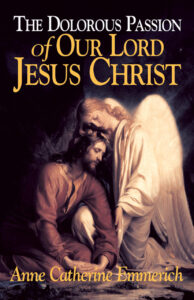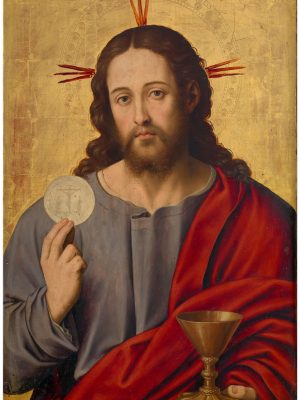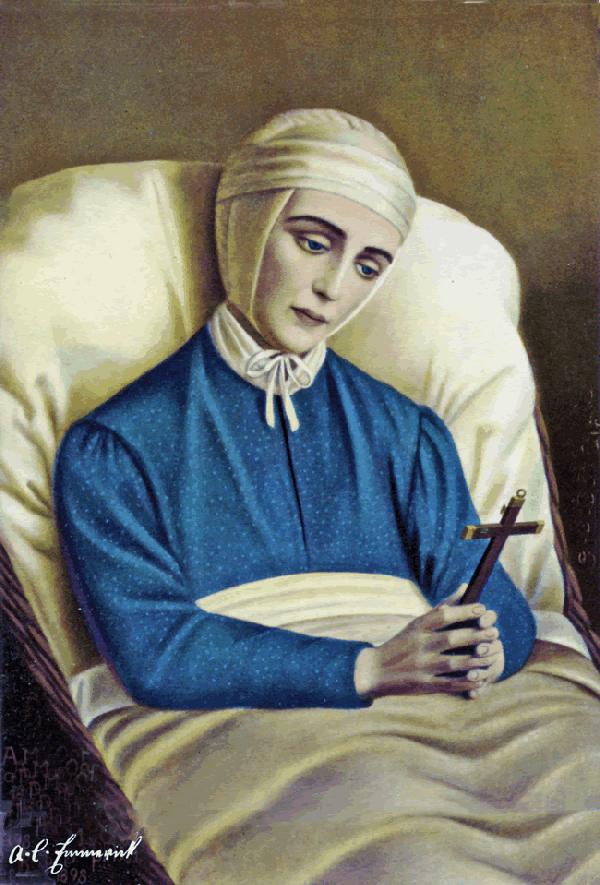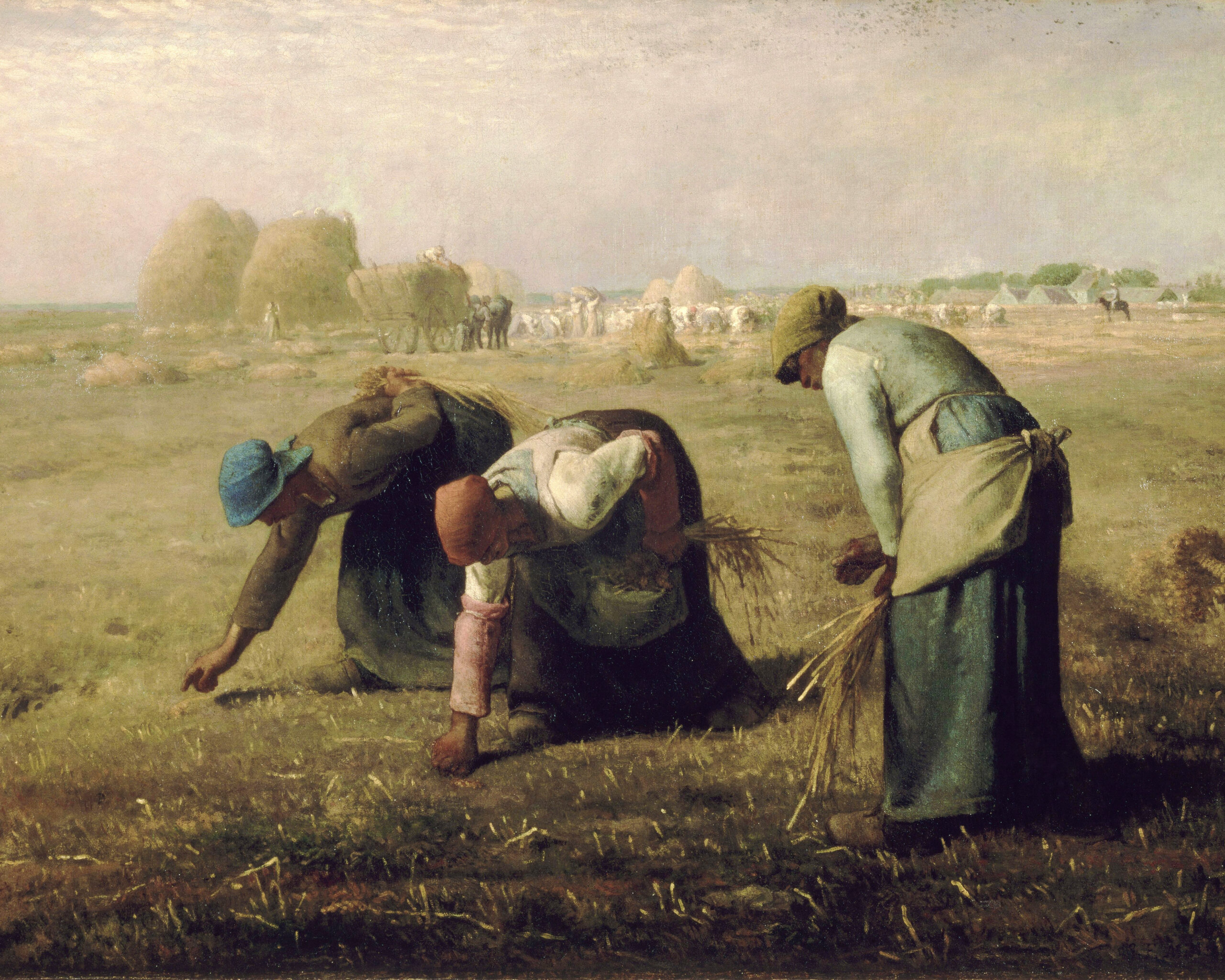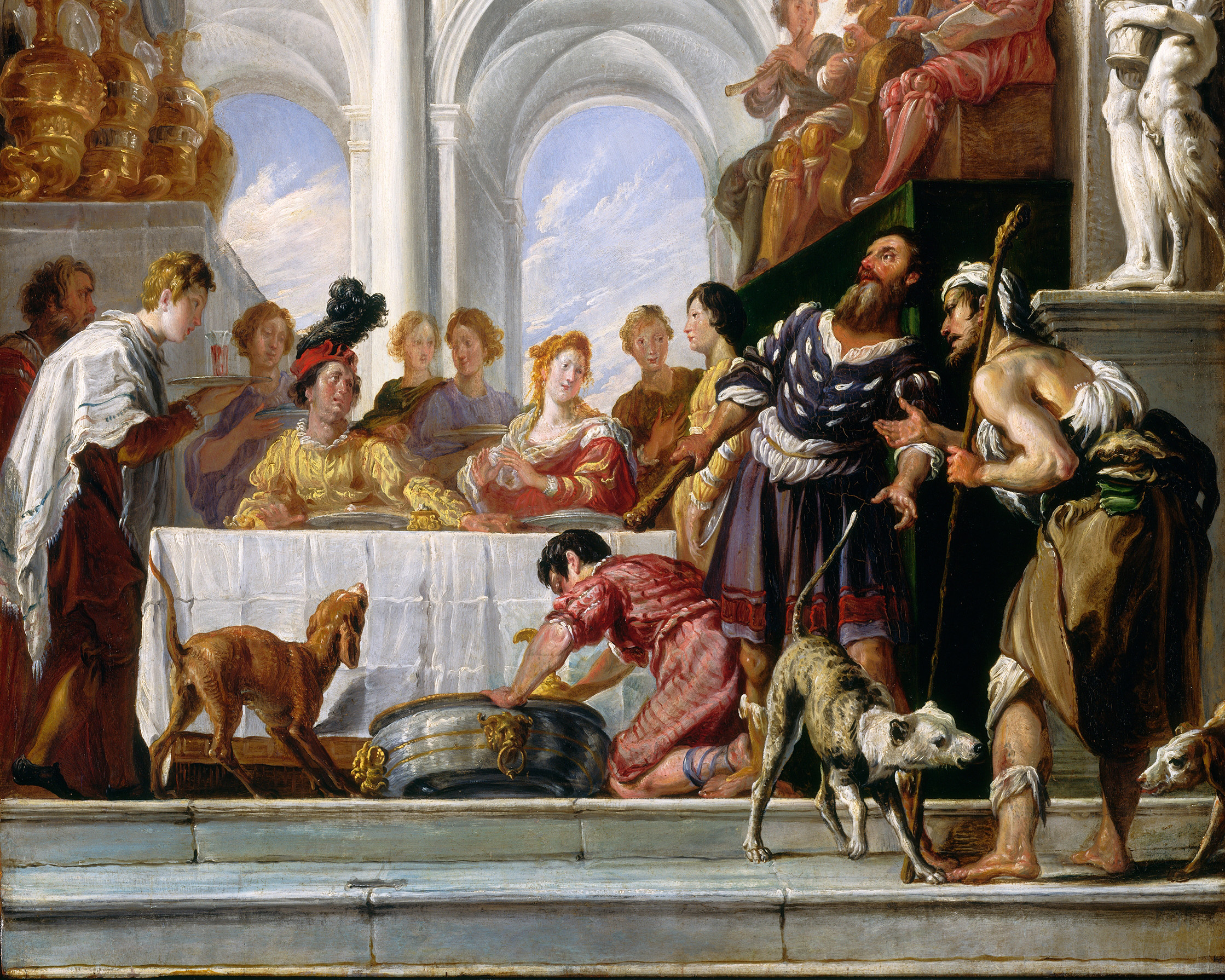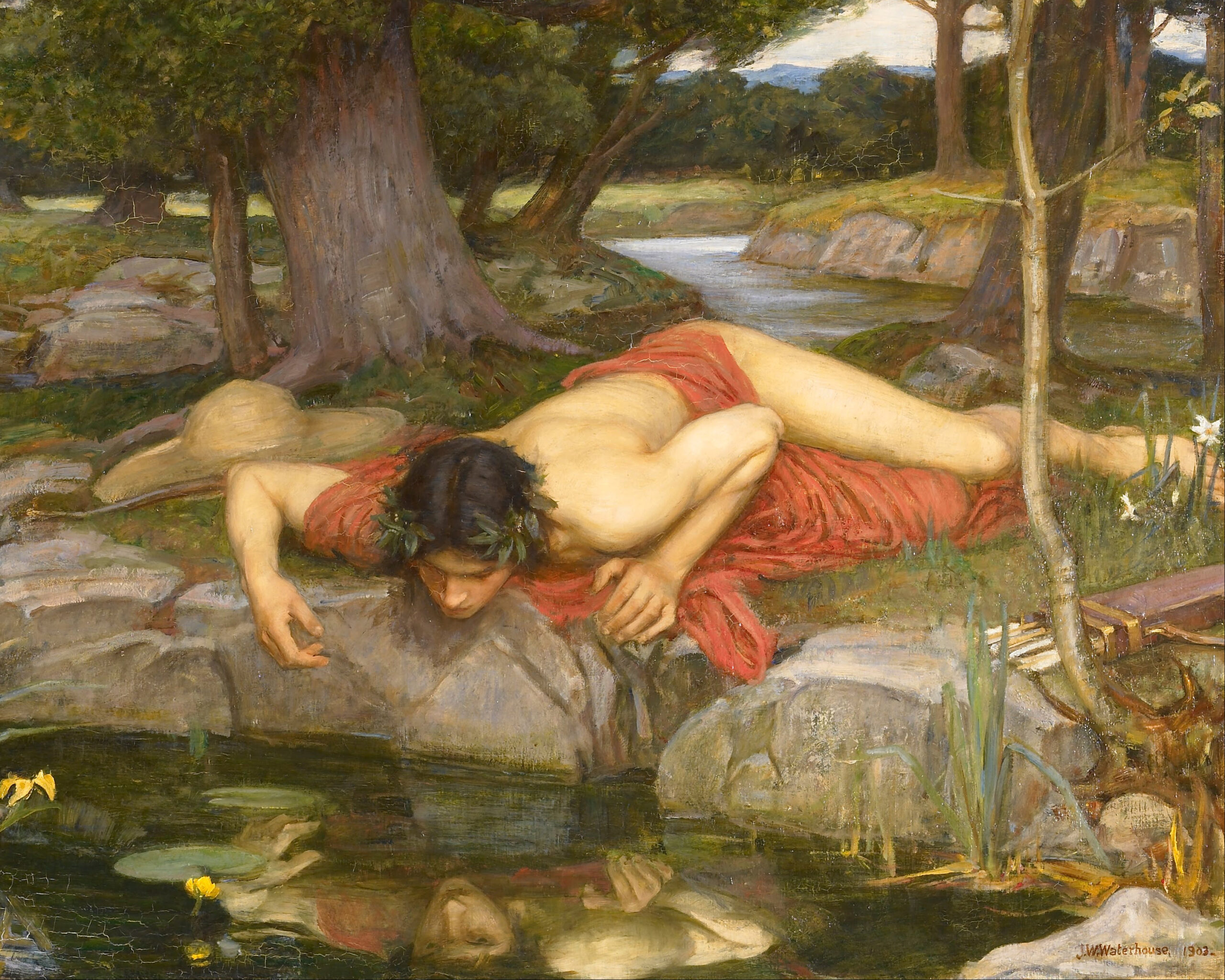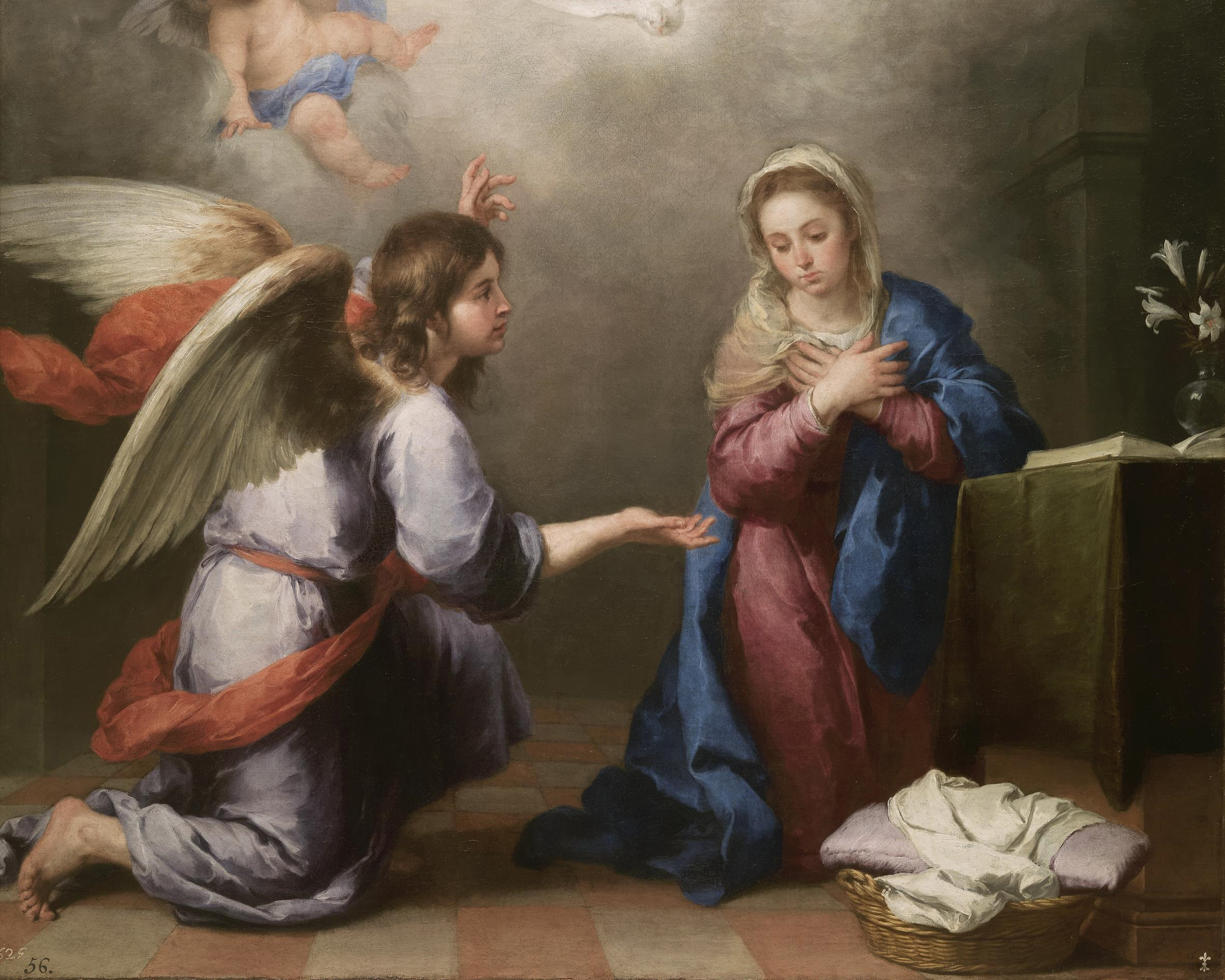The chalice which the Apostles brought from Veronica’s house was wonderful and mysterious in its appearance. It had been kept a long time in the Temple among other precious objects of great antiquity, the use and origin of which had been forgotten. The same has been in some degree the case in the Christian Church, where many consecrated jewels have been forgotten and fallen into disuse with time. Ancient vases and jewels, buried beneath the Temple, had often been dug up, sold, or reset. Thus it was that, by God’s permission, this holy vessel, which none had ever been able to melt down on account of its being made of some unknown material, and which had been found by the priests in the treasury of the Temple among other objects no longer made use of, had been sold to some antiquaries. It was bought by Seraphia, was several times made use of by Jesus in the celebration of festivals, and, from the day of the Last Supper, became the exclusive property of the holy Christian community.
This vessel was not always the same as when used by Our Lord at His Last Supper, and perhaps it was upon that occasion that the various pieces which composed it were first put together. The great chalice stood upon a plate, out of which a species of tablet could be drawn, and around it there were six little glasses. The great chalice contained another smaller vase; above it there was a small plate, and then came a round cover. A spoon was inserted in the foot of the chalice, and could be easily drawn out for use. All these different vessels were covered with fine linen, and, if I am not mistaken, were wrapped up in a case made of leather. The great chalice was composed of the cup and of the foot, which last must have been joined on to it at a later period, for it was of a different material. The cup was pear-shaped, massive, dark-colored, and highly polished, with gold ornaments, and two small handles by which it could be lifted. The foot was of virgin gold, elaborately worked, ornamented with a serpent and a small bunch of grapes, and enriched with precious stones.
The chalice was left in the Church of Jerusalem, in the hands of St. James the Less; and I see that it is still preserved in that town—it will reappear some day, in the same manner as before. Other Churches took the little cups which surrounded it; one was taken to Antioch, and another to Ephesus. They belonged to the patriarchs, who drank some mysterious beverage out of them when they received or gave a Benediction, as I have seen many times.
The great chalice had formerly been in the possession of Abraham; Melchisedech brought it with him from the land of Semiramis to the land of Canaan, when he was beginning to found some settlements on the spot where Jerusalem was afterwards built; he made use of it then for offering sacrifice, when he offered bread and wine in the presence of Abraham, and he left it in the possession of that holy patriarch. This same chalice had also been preserved in Noah’s Ark.
This article is taken from a chapter in The Dolorous Passion of Our Jesus Christ by Anne Catherine Emmerich which is available from TAN Books.
